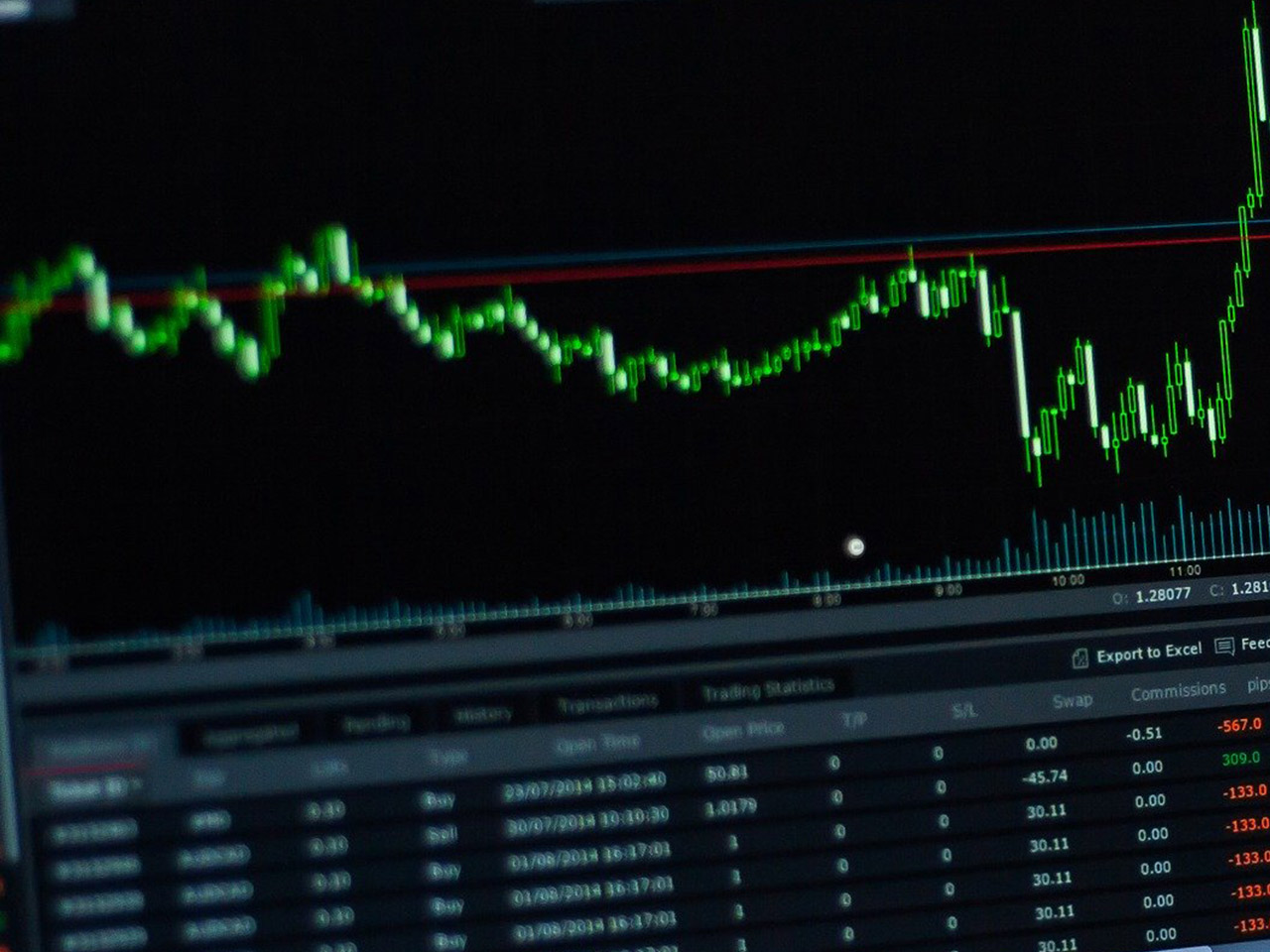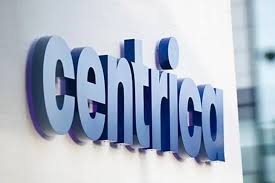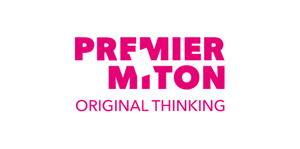Unilever PLC (ULVR.L), a cornerstone of the Consumer Defensive sector, stands as a titan in the Household & Personal Products industry. With a market capitalization of $114.97 billion, this UK-based conglomerate is renowned for its extensive portfolio of brands that dominate everyday consumer life. From Dove and Knorr to Ben & Jerry’s and Magnum, Unilever’s products span across Beauty & Wellbeing, Personal Care, Home Care, Foods, and Ice Cream segments. This diversification is a key factor in its resilience and appeal to investors seeking stable returns in uncertain markets.
Currently priced at 4689 GBp, Unilever’s stock remains close to the upper band of its 52-week range of 4,337.00 to 4,881.00 GBp, indicating relative stability. Despite a modest price movement with a 4.00 GBp change, analysts predict a potential upside of 6.63%, with an average target price of 4,999.91 GBp. This projection is particularly enticing for investors seeking growth in a traditionally defensive stock.
Unilever’s valuation metrics present a mixed picture. The forward P/E ratio is notably high at 1,504.85, a figure that could raise eyebrows. This suggests that future earnings expectations may need recalibration. However, the absence of trailing P/E, PEG ratio, and other traditional valuation metrics points to unique financial structuring or one-time accounting adjustments affecting these calculations.
Revenue growth has seen a downturn at -3.20%, but Unilever’s robust Return on Equity (ROE) of 28.70% demonstrates efficient use of shareholder capital, indicative of strong management performance. Moreover, an impressive free cash flow of $5.47 billion underscores its capability to sustain operations, reinvest, and provide shareholder returns without relying heavily on external financing.
Dividend seekers will find Unilever’s yield of 3.35% attractive, though the payout ratio of 80.12% suggests that a significant portion of earnings is returned to shareholders, leaving limited room for reinvestment. This aligns with the company’s strategy of providing steady income to investors, a hallmark of many consumer defensive firms.
Analysts currently offer a mixed sentiment: 13 buy ratings, 3 hold, and 3 sell. This reflects a cautiously optimistic outlook, with the company’s strong brand portfolio and global reach balancing concerns over revenue contraction and valuation metrics.
Technical indicators provide further context. The stock’s Relative Strength Index (RSI) of 14.02 suggests it is in oversold territory, potentially signaling a buying opportunity. The 50-day and 200-day moving averages, at 4,561.32 and 4,573.79 respectively, indicate that the stock is trading slightly above these benchmarks, suggesting short-term momentum. The MACD and Signal Line values also align to suggest possible bullish conditions.
Unilever’s global operations, spanning the Americas, Asia Pacific, Africa, and Europe, provide a hedge against regional market volatilities. This geographic and product diversification is critical, given the economic headwinds faced by many consumer goods companies. Investors should consider Unilever’s stable dividend, extensive brand portfolio, and potential for modest capital appreciation as key factors in their decision-making process.
As Unilever navigates the challenges of a competitive global market, its focus on core segments and operational efficiency will be pivotal. Investors must weigh the promise of steady dividends and potential stock appreciation against the backdrop of its current valuation metrics and revenue trends.









































